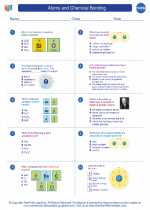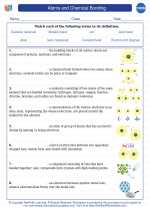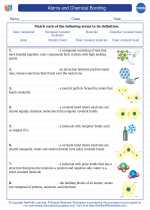Worms
Worms are a diverse group of invertebrates that belong to the phylum Annelida. They can be found in various ecosystems, including freshwater, marine, and terrestrial environments. There are three main classes of worms: oligochaetes, polychaetes, and hirudineans.
Oligochaetes
Oligochaetes, such as earthworms, are characterized by the presence of bristles called setae along their body segments. They play a crucial role in soil ecosystems by aerating the soil and breaking down organic matter.
Polychaetes
Polychaetes are mostly marine worms and are known for their well-developed setae and parapodia, which are used for locomotion and respiration. They exhibit a wide range of feeding strategies, including filter feeding, scavenging, and predation.
Hirudineans
Hirudineans, commonly known as leeches, are characterized by their flattened bodies and sucker-like structures at both ends. They are mostly found in freshwater environments and are often blood-feeding parasites, although some species are predatory or scavengers.
Study Guide
- What are the three main classes of worms?
- Describe the role of oligochaetes in soil ecosystems.
- What are parapodia, and which class of worms are they associated with?
- Where are hirudineans commonly found, and what are their feeding habits?
- Discuss the ecological importance of worms in their respective habitats.
◂Chemistry Worksheets and Study Guides High School. Atoms and Chemical Bonding

 Worksheet/Answer key
Worksheet/Answer key
 Worksheet/Answer key
Worksheet/Answer key
 Vocabulary/Answer key
Vocabulary/Answer key
 Vocabulary/Answer key
Vocabulary/Answer key
